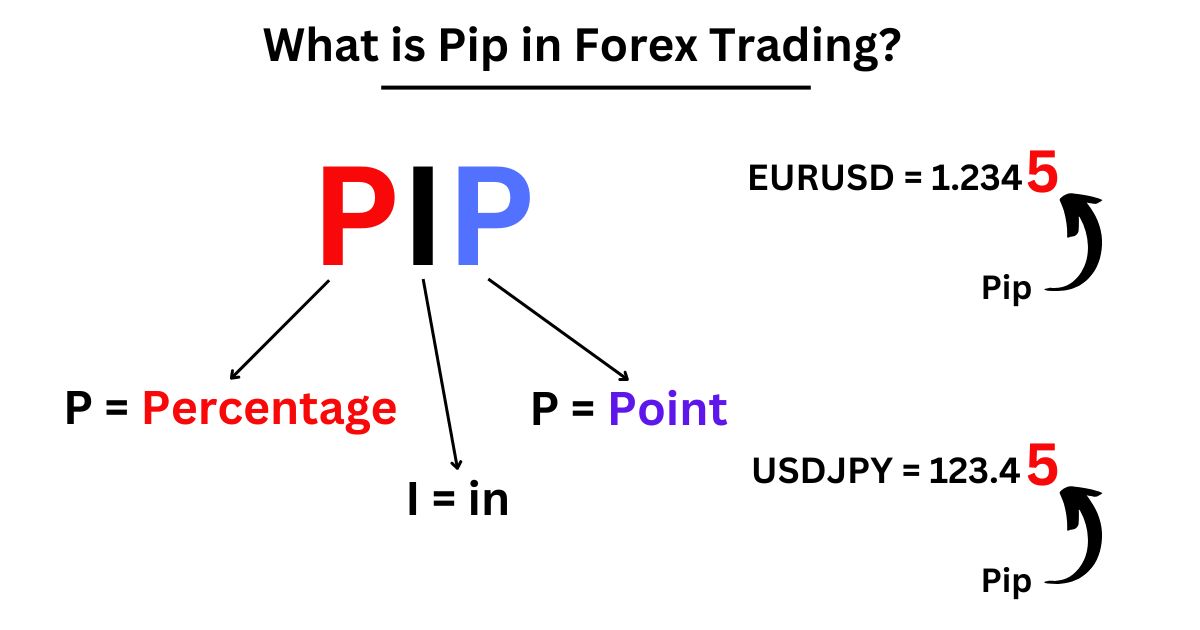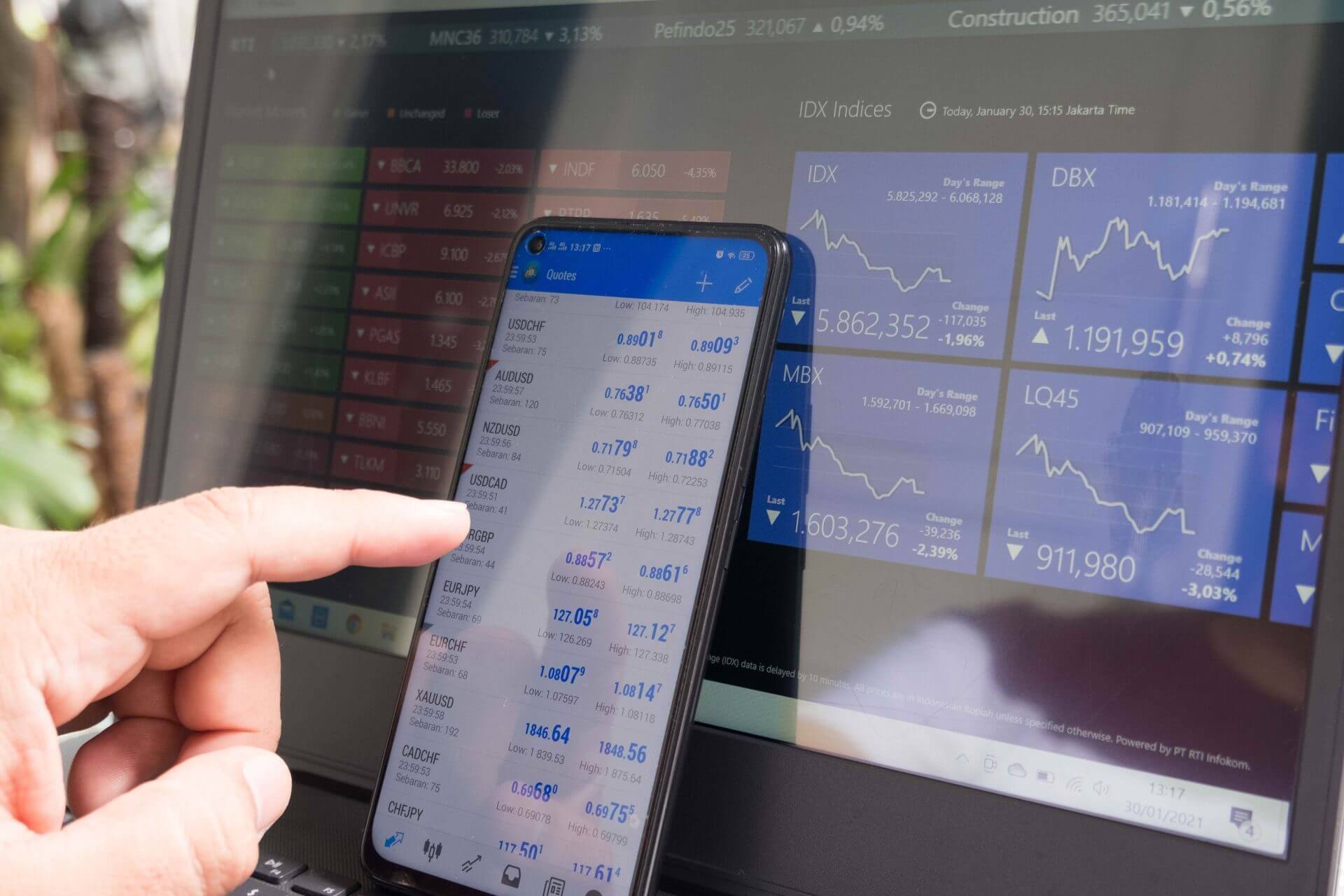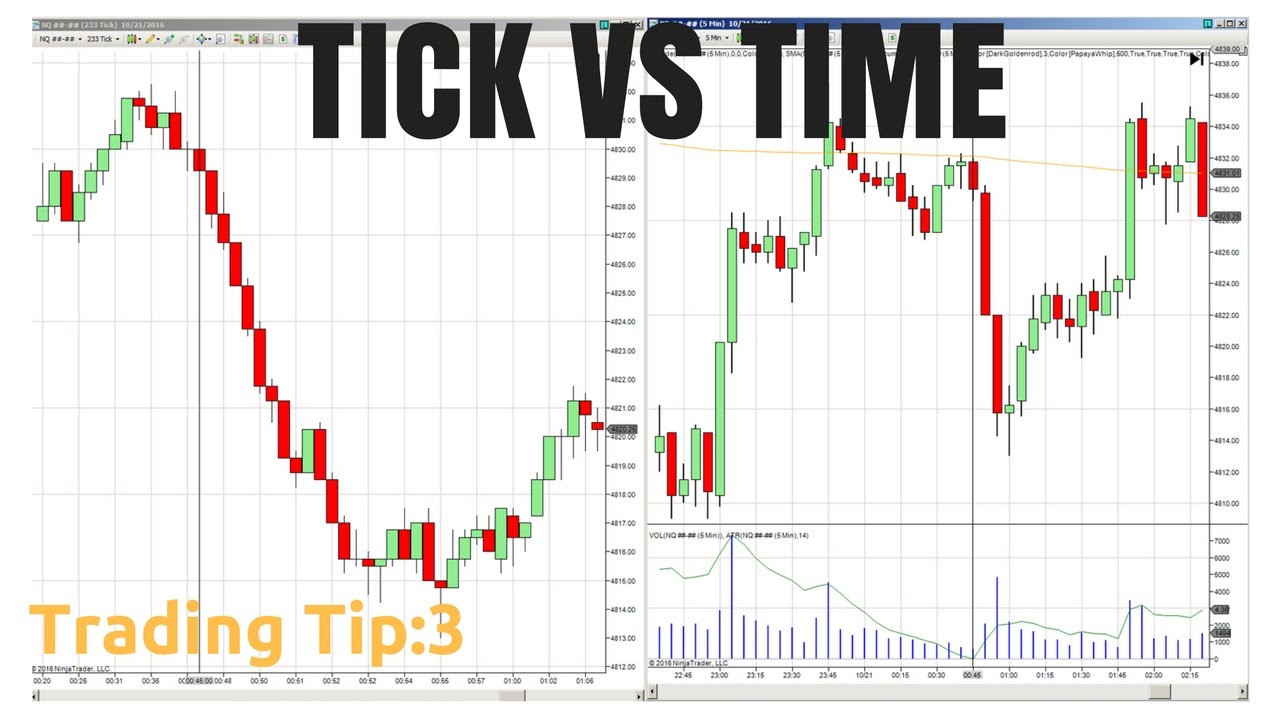Introduction
Welcome to the world of trading! If you’re new to it, you may have come across the term “lot” while exploring the intricacies of the financial markets. Understanding what a lot is and how it influences your trading journey is crucial for success.
In trading, a lot refers to the standardized contract size for buying or selling a particular financial instrument. It represents the quantity of an asset or currency pair that is traded. Lot sizes can vary widely depending on the market and the type of instrument being traded.
Trading lots play a significant role in determining the potential profit or loss of a trade. Choosing the appropriate lot size is crucial as it affects risk management and the overall profitability of your trading strategy.
In this article, we will dive deeper into the concept of lots and explore the different types of lots available to traders. We will also discuss lot sizing techniques and the advantages and disadvantages of different lot sizes. By the end, you’ll have a clear understanding of how lots work in trading and be equipped to make informed decisions in your trading journey.
Understanding Lot in Trading
When you enter the world of trading, it’s essential to understand the concept of lots. A lot is the standardized contract size in which financial instruments are traded. It represents the quantity of an asset or currency pair that is being bought or sold in a trade.
The size of a lot can vary depending on the financial market and the instrument being traded. In the forex market, the most common lot size is the standard lot, which consists of 100,000 units of the base currency. However, there are other lot sizes available, such as mini lots (10,000 units) and micro lots (1,000 units), which allow for more flexibility and smaller trading sizes.
In other financial markets, such as stocks or futures, lot sizes may be determined by the exchange or the specific instrument. For example, in the stock market, a lot may represent a specific number of shares, typically 100 or 1,000.
The lot size you choose influences the potential profits and losses of your trades. When trading larger lot sizes, even a small price fluctuation can result in substantial gains or losses. On the other hand, smaller lot sizes allow for more controlled risk and can be beneficial for beginner traders or those with smaller trading accounts.
It’s important to note that lot size is closely tied to leverage. Leverage enables you to control a larger position in the market with a smaller amount of capital. However, trading with high leverage can magnify both your profits and losses. Therefore, it’s important to use leverage responsibly and consider the appropriate lot size based on your risk tolerance and trading strategy.
In the next section, we will explore the different types of lots available in trading and how they can be utilized for effective risk management.
Types of Lots
In trading, there are several types of lots that traders can choose from, depending on their trading style and risk appetite. Let’s take a closer look at the most common types of lots:
- Standard Lot: A standard lot is the most common and widely used lot size in the forex market. It represents 100,000 units of the base currency. For example, if you are trading the EUR/USD currency pair, a standard lot would be equivalent to 100,000 euros.
- Mini Lot: A mini lot is one-tenth the size of a standard lot, representing 10,000 units of the base currency. It allows traders to have more flexibility and control over their positions, making it popular among beginner traders and those with smaller trading accounts.
- Micro Lot: A micro lot is one-tenth the size of a mini lot and one-hundredth the size of a standard lot, representing 1,000 units of the base currency. Micro lots provide even greater flexibility and risk management options, particularly for traders with limited capital.
- Nano Lot: A nano lot is the smallest lot size available in forex trading, representing 100 units of the base currency. It is primarily used by advanced traders who require precise control over their position sizing.
It’s important to note that lot sizes may vary in different financial markets. For example, in the stock market, lot sizes are typically determined by the exchange and represent a specific number of shares. Therefore, it is crucial to familiarize yourself with the specific lot size requirements of the market you are trading.
The choice of lot size should align with your trading strategy and risk management goals. Larger lot sizes can yield greater profits but also carry higher risks. On the other hand, smaller lot sizes can help mitigate risk but may yield smaller profits. Your trading experience, account size, and risk tolerance should all be taken into consideration when selecting the appropriate lot size.
In the next section, we will explore lot sizing techniques that can help you determine the optimal lot size for your trades.
Lot Sizing and Risk Management
In trading, lot sizing is a crucial aspect of risk management. It involves determining the appropriate lot size for each trade to manage risk effectively. Proper lot sizing can help prevent excessive losses and ensure the longevity of your trading account.
There are various lot sizing techniques that traders employ to determine the optimal lot size for their trades:
- Fixed Lot Size: This is the simplest lot sizing technique, where you trade a fixed, predetermined lot size for every trade. For example, you might decide to trade one standard lot for every trade, regardless of the size of your trading account or the perceived risk of the trade. While this technique provides consistency, it does not take into account varying levels of risk.
- Percentage Risk: With this technique, you determine the lot size based on a percentage of your trading account balance or equity. For example, you might decide to risk 2% of your account balance on each trade. This means that if your account balance is $10,000, you would risk $200 per trade. Using the percentage risk approach allows your lot size to adjust dynamically based on the size of your account, which can help manage risk more effectively.
- Based on Stop Loss: Another lot sizing technique is to base your lot size on the distance between your entry point and your stop loss level. With this approach, you calculate the lot size by dividing the amount you are willing to risk on the trade by the distance in pips between the entry and stop loss. This technique allows you to control your risk based on the specific trade setup and can help ensure that your position size aligns with your risk tolerance.
- Position Sizing Models: Advanced traders often employ position sizing models, such as the Kelly Criterion or the Optimal F, to determine the optimal lot size based on statistical analysis and probability theory. These models take into account factors such as win rate, risk-reward ratio, and account size to calculate the ideal lot size for each trade.
Using appropriate lot sizing techniques can help you manage risk in your trading strategy and avoid excessive losses. By determining the optimal lot size for each trade based on your risk tolerance and account size, you can protect your trading capital and maximize long-term profitability.
In the next section, we will discuss the advantages and disadvantages of different lot sizes and how they can impact your trading strategy.
Lot Sizing Techniques
Choosing the appropriate lot size is a critical aspect of trading. It involves determining the position size for each trade, taking into account your risk tolerance, account size, and trading strategy. There are various lot sizing techniques that traders can utilize to optimize their position sizing:
- Fixed Lot Size: This is the simplest lot sizing technique, where you trade a fixed, predetermined lot size for every trade. For example, you might decide to trade one standard lot for every trade, regardless of the size of your trading account or the perceived risk of the trade. This technique provides consistency, but it does not take into account varying levels of risk and can lead to excessive exposure in certain market conditions.
- Percentage Risk: The percentage risk method involves determining the lot size based on a percentage of your trading account balance or equity. For example, if you decide to risk 2% of your account balance on each trade and your account balance is $10,000, you would risk $200 per trade. Using this approach, the lot size adjusts dynamically based on the size of your account, allowing for more effective risk management. However, it is essential to reassess the percentage risk periodically as your account balance changes.
- Absolute Dollar Risk: With this technique, you determine the lot size based on the maximum dollar amount you are willing to risk on each trade. For example, if you set a maximum risk of $500 per trade and your stop loss distance is 50 pips, you would calculate the lot size to limit the potential loss to $500. This approach ensures that your risk remains consistent across trades, but it may not account for varying levels of volatility in different markets.
- Risk-Adjusted Position Sizing: This advanced lot sizing technique involves considering the trade’s risk-reward ratio and the probability of a successful trade. Position sizing models like the Kelly Criterion or the Optimal F can be used to determine the optimal lot size based on statistical analysis. These models take into account factors such as win rate, risk-reward ratio, and account size to calculate the ideal lot size for each trade. While more complex, this approach aims to maximize returns while minimizing risk.
It is crucial to choose a lot sizing technique that aligns with your risk tolerance, trading style, and financial goals. Each approach has its advantages and disadvantages, and it’s essential to consider these factors when determining your position size.
Remember, proper lot sizing is a key component of risk management. It can help you maintain consistency, protect your trading capital, and optimize the potential for profits. Experimenting with different lot sizing techniques and finding what works best for you can significantly enhance your trading strategy.
In the next section, we will explore the advantages and disadvantages of different lot sizes and how they can impact your trading.
Advantages and Disadvantages of Different Lot Sizes
Choosing the right lot size is an essential decision for traders as it can significantly impact their trading strategy. Let’s explore the advantages and disadvantages of different lot sizes:
- Standard Lot:
- Advantages:
- Allows for trading larger positions, potentially leading to higher profits.
- Suitable for traders with significant capital and higher risk tolerance.
- Disadvantages:
- Requires a substantial amount of capital to enter trades.
- The potential for larger losses due to the bigger position size.
- Mini Lot:
- Advantages:
- Lower capital requirement compared to standard lots.
- Allows for more flexibility in position sizing.
- Lower risk per trade, making it suitable for beginner traders.
- Disadvantages:
- Smaller potential profits compared to standard lots.
- May limit scalability for traders with larger capital.
- Micro Lot:
- Advantages:
- Allows for precise position sizing, particularly for small trading accounts.
- Reduces risk per trade, minimizing potential losses.
- Suitable for traders with limited capital or those testing new trading strategies.
- Disadvantages:
- Restricts potential profits due to smaller position sizes.
- May require more trades to achieve desired profit levels.
- Nano Lot:
- Advantages:
- Provides extreme precision in position sizing.
- Allows for risk management down to the smallest details.
- Suitable for advanced traders who require fine control over their trades.
- Disadvantages:
- Requires a deep understanding of the market and trading strategies.
- Potential for limited liquidity in certain markets.
Choosing the right lot size depends on your trading style, risk tolerance, and capital. Smaller lot sizes are ideal for beginners and traders with limited capital, allowing them to control risk and gain experience. On the other hand, larger lot sizes can offer the potential for higher profits but also carry greater risk. It’s essential to strike a balance between risk and reward when selecting the appropriate lot size.
Remember, risk management should always be a priority in trading. Regardless of the lot size you choose, implementing proper risk management techniques, such as setting stop-loss orders and managing leverage, is crucial for protecting your trading capital in any market condition.
In the next section, we will wrap up our discussion and summarize the key points discussed throughout the article.
Conclusion
In this article, we have explored the concept of lots in trading and their significance in managing risk and determining position sizes. We discussed various lot sizes, including standard lots, mini lots, micro lots, and nano lots, each with its advantages and disadvantages.
Understanding the different lot sizes is essential as it allows traders to tailor their positions to their risk tolerance, account size, and trading strategy. Choosing the right lot size can help traders effectively manage risk, protect their trading capital, and optimize their potential profitability.
In addition, we explored various lot sizing techniques, such as fixed lot size, percentage risk, absolute dollar risk, and risk-adjusted position sizing. These techniques provide traders with different ways to determine their position sizes based on factors like account size, risk tolerance, and trade setup.
It is crucial to implement proper risk management strategies alongside selecting the appropriate lot size. This includes setting stop-loss orders, managing leverage, and sticking to your trading plan. By doing so, you can safeguard your capital and minimize the impact of potential losses.
Lastly, it’s important to note that choosing the right lot size and employing effective risk management techniques are ongoing processes. Traders should continuously evaluate their strategies, adapt to changing market conditions, and refine their approach based on their trading experience.
By understanding the concept of lots, exploring different lot sizes, and implementing proper risk management, you are equipped to make informed decisions and enhance your trading journey. Remember, successful trading involves a combination of knowledge, skills, and disciplined execution.

























